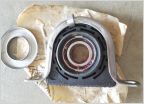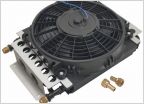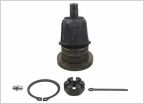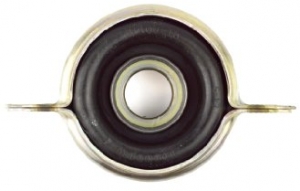-
Welcome to Tacoma World!
You are currently viewing as a guest! To get full-access, you need to register for a FREE account.
As a registered member, you’ll be able to:- Participate in all Tacoma discussion topics
- Communicate privately with other Tacoma owners from around the world
- Post your own photos in our Members Gallery
- Access all special features of the site
Transmission Fluid Change
Discussion in '2nd Gen. Tacomas (2005-2015)' started by drlaney22, Aug 4, 2025.


 Spicer XC Carrier Bearing
Spicer XC Carrier Bearing B&M/Derale/other Transmission cooler with a fan
B&M/Derale/other Transmission cooler with a fan Seats
Seats Jba or camburg ucas opions?
Jba or camburg ucas opions?







































































